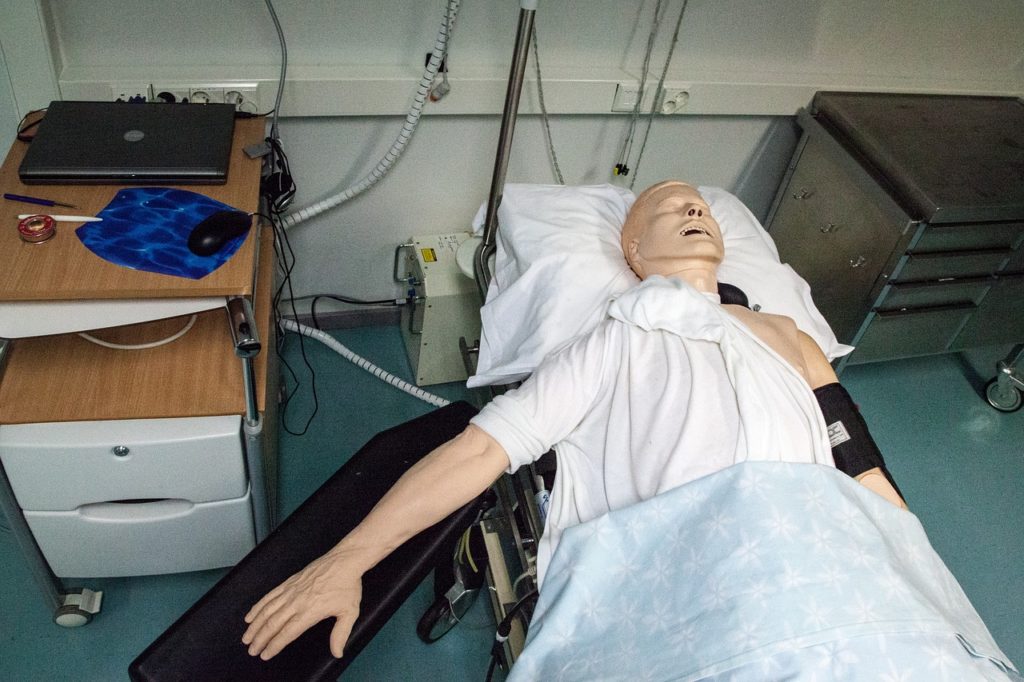
Emergency medical care is a critical pillar of modern healthcare systems. When someone experiences a heart attack, stroke, injury, or other urgent health crisis, emergency departments (EDs) serve as the safety net—open 24/7, ready to stabilize and treat patients regardless of their ability to pay. However, this life-saving service comes at a steep cost, not just to individuals but to the healthcare system and society at large. From rising hospital bills to system inefficiencies and inequities, the cost of emergency care is a pressing public health issue that demands attention.
Understanding the High Cost of Emergency Medical Services
Emergency departments are uniquely designed to deliver immediate, often complex care. This comes with a price:
- Advanced diagnostic tools (like CT scans, MRIs, and lab tests) are often used quickly to make fast decisions.
- Staffing requirements demand around-the-clock physicians, nurses, and technicians trained in trauma care.
- EDs must be equipped to handle a broad spectrum of conditions at any time, often without the benefit of prior patient history.
Because of this, even relatively minor complaints can lead to significant bills, especially in systems that lack price transparency or use fee-for-service models.
Who Pays the Price? Patients, Providers, and Public Systems
1. Patients
In countries without universal healthcare, patients are often hit hardest:
- Uninsured or underinsured individuals may receive large medical bills, leading to medical debt or bankruptcy.
- Even insured patients can face high out-of-pocket costs due to co-pays, deductibles, and out-of-network charges.
- Some avoid seeking care altogether out of fear of the cost, resulting in worsening health outcomes.
2. Hospitals and Providers
Hospitals often absorb the cost of uncompensated care—when patients can’t or don’t pay.
- Emergency rooms are legally required (in the U.S., under EMTALA) to treat all patients regardless of ability to pay.
- This leads to financial strain, especially for public or rural hospitals already operating on thin margins.
3. Public Health Systems
Government-funded programs (like Medicaid, Medicare, or national health services) often cover emergency care costs.
- This contributes to rising national healthcare expenditures.
- Overreliance on emergency departments for primary care—especially in low-income or uninsured populations—creates systemic inefficiencies.
Why Emergency Care is Often Misused or Overused
Many patients use EDs for non-urgent or preventable issues:
- Lack of access to primary care providers or urgent care clinics.
- Long wait times in regular health systems.
- Misunderstanding of what constitutes an emergency.
This inappropriate usage strains resources and drives up costs, both in terms of financial burden and system capacity.
Public Health Consequences of Rising Emergency Care Costs
Health Equity and Access:
High emergency care costs disproportionately affect vulnerable populations, including low-income families, undocumented individuals, and racial or ethnic minorities. When emergency departments become the only accessible care option, it reflects broader issues of healthcare inequality.
Delayed Treatment and Avoidance:
The fear of financial hardship can lead people to delay care, resulting in:
- More severe illness upon arrival.
- Higher overall treatment costs.
- Increased morbidity and mortality.
System Sustainability:
As emergency care grows more expensive, it places pressure on healthcare funding at both local and national levels. This affects the availability of preventive care programs, mental health services, and public health infrastructure.
Strategies to Reduce Emergency Care Costs Through Public Health Initiatives
- Expand Access to Primary Care
- Increase funding for community health centers and telehealth.
- Encourage routine care to prevent chronic conditions from escalating.
- Invest in Health Education
- Help people understand when to seek emergency vs. non-emergency care.
- Promote self-care and early symptom recognition.
- Strengthen Social Safety Nets
- Broaden Medicaid coverage.
- Support programs that address social determinants of health like housing, food security, and transportation.
- Implement Alternative Care Models
- Use urgent care, walk-in clinics, and mobile health units to divert non-critical cases.
- Introduce paramedicine programs where EMS provides in-home care for chronic or non-urgent conditions.
- Improve Cost Transparency
- Require hospitals to disclose pricing.
- Support insurance literacy to help patients understand their coverage and options.
Conclusion: Rebalancing Emergency Care Through a Public Health Lens
Emergency care will always be essential, but the way we use, pay for, and rely on it must evolve. From expanding access to preventive care to reforming funding and insurance systems, addressing the cost of emergency care requires a holistic public health approach. By tackling the root causes of overuse and inequality, we can preserve the life-saving role of emergency departments while making the system more efficient, equitable, and sustainable.
